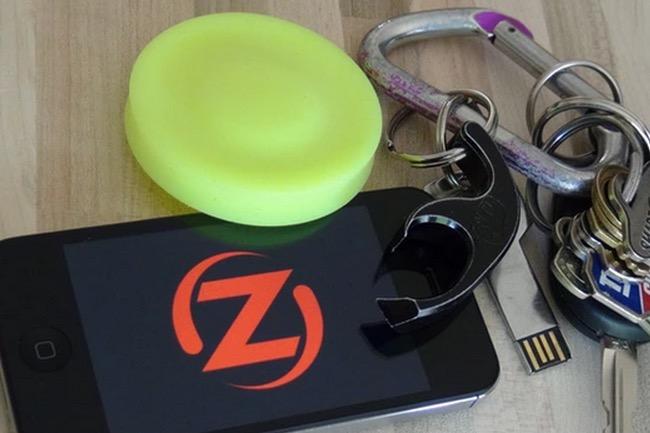
For starters, you don’t throw it like a traditional Frisbee. ZipChip is designed to be thrown forehand, similar to how you’d throw a rock you’re trying to skip across a pond. It’s also considerably smaller than a Frisbee — or even a baseball for that matter. Stretching just a couple inches long at its widest point, ZipChip is compact enough to slip into a pocket — yet somehow it’s still capable of stable flight.
Generally speaking, smaller discs aren’t as steady as larger ones, but ZipChip’s unique shape apparently gives it a high degree of aerodynamic stability. In the video below, the chip’s inventors are shown tossing it across distances over 200 feet, but still catching it easily due to its reliable, predictable flight path. Check it out:
Pretty rad, right? Well what makes that even more impressive is the fact that the inventors landed on the ZipChip’s unique shape through nothing but trial and error. Instead of using a bunch of sophisticated computer models and testing various designs in a wind tunnel, they actually just hand-turned a bunch of wooden prototypes on a lathe until they found something that worked. All testing was performed in the creators’ backyards in Connecticut.
“The lathing enabled us complete control of the shape; the freedom to test out all variations of the ZipChip’s form,” the company’s website reads. “We reconciled several balancing acts simultaneously: aerodynamics vs. ergonomics, rigidity whilst throwing vs. softness whilst catching, and size vs. weight. After many prototypes we achieved the characteristics we sought and performance the ZipChip deserves.”
Now that the design has been finalized, ZipChip’s creators have turned to Kickstarter to gather the necessary funds for production — and the campaign has been a resounding success. At time of writing, the project has gathered over $115,000 from more than 5,000 backers, putting it well over the initial $4,000 goal.
You can lock down a ZipChip of your own for a pledge of just $7, and barring any major hiccups in the manufacturing process, the toy’s creator’s expect to begin shipping in August.




